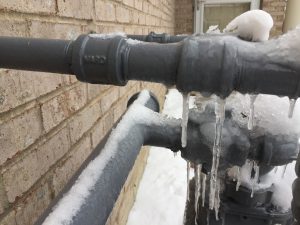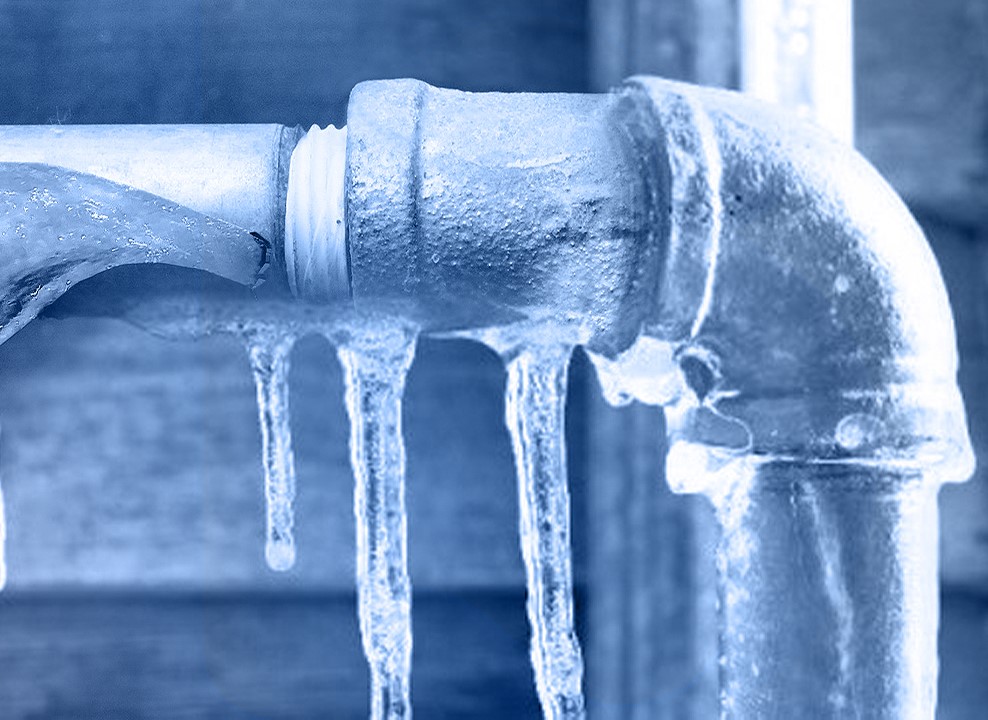How to Maintain Your Pipes from Cold Weather Issues: Important Guidance
How to Maintain Your Pipes from Cold Weather Issues: Important Guidance
Blog Article
Just how do you really feel when it comes to How to prepare your home plumbing for winter weather?

Cold weather can ruin your plumbing, particularly by freezing pipelines. Right here's how to avoid it from taking place and what to do if it does.
Introduction
As temperatures decline, the threat of icy pipelines rises, possibly bring about expensive repair work and water damages. Understanding exactly how to stop frozen pipes is important for house owners in chilly climates.
Prevention Tips
Shielding vulnerable pipes
Cover pipes in insulation sleeves or make use of warmth tape to shield them from freezing temperatures. Focus on pipes in unheated or exterior areas of the home.
Home heating techniques
Maintain indoor areas sufficiently warmed, especially areas with pipes. Open up cabinet doors to allow cozy air to flow around pipes under sinks.
How to determine icy pipelines
Seek lowered water flow from taps, uncommon odors or sounds from pipelines, and noticeable frost on exposed pipelines.
Long-Term Solutions
Architectural modifications
Take into consideration rerouting pipes far from outside wall surfaces or unheated locations. Add additional insulation to attics, cellars, and crawl spaces.
Upgrading insulation
Invest in high-quality insulation for pipelines, attics, and wall surfaces. Correct insulation aids maintain consistent temperature levels and reduces the risk of icy pipelines.
Safeguarding Outside Pipes
Garden hoses and exterior faucets
Separate and drain yard tubes prior to winter season. Set up frost-proof faucets or cover exterior faucets with insulated caps.
Recognizing Frozen Pipes
What creates pipes to freeze?
Pipes freeze when revealed to temperatures below 32 ° F (0 ° C) for expanded durations. As water inside the pipes ices up, it expands, taxing the pipe walls and possibly triggering them to rupture.
Threats and damages
Frozen pipes can cause supply of water interruptions, residential property damages, and pricey repair work. Burst pipelines can flooding homes and cause extensive architectural damages.
Signs of Frozen Piping
Recognizing icy pipelines early can prevent them from breaking.
What to Do If Your Pipelines Freeze
Immediate actions to take
If you believe icy pipelines, maintain taps available to soothe stress as the ice melts. Utilize a hairdryer or towels soaked in warm water to thaw pipelines slowly.
Conclusion
Preventing icy pipes calls for positive steps and quick reactions. By comprehending the causes, indicators, and safety nets, property owners can secure their plumbing during winter.
5 Ways to Prevent Frozen Pipes
Drain Outdoor Faucets and Disconnect Hoses
First, close the shut-off valve that controls the flow of water in the pipe to your outdoor faucet. Then, head outside to disconnect and drain your hose and open the outdoor faucet to allow the water to completely drain out of the line. Turn off the faucet when done. Finally, head back to the shut-off valve and drain the remaining water inside the pipe into a bucket or container. Additionally, if you have a home irrigation system, you should consider hiring an expert to clear the system of water each year.
Insulate Pipes
One of the best and most cost-effective methods for preventing frozen water pipes is to wrap your pipes with insulation. This is especially important for areas in your home that aren’t exposed to heat, such as an attic. We suggest using foam sleeves, which can typically be found at your local hardware store.
Keep Heat Running at 65
Your pipes are located inside your walls, and the temperature there is much colder than the rest of the house. To prevent your pipes from freezing, The Insurance Information Institute suggests that you keep your home heated to at least 65 degrees, even when traveling. You may want to invest in smart devices that can keep an eye on the temperature in your home while you’re away.
Leave Water Dripping
Moving water — even a small trickle — can prevent ice from forming inside your pipes. When freezing temps are imminent, start a drip of water from all faucets that serve exposed pipes. Leaving a few faucets running will also help relieve pressure inside the pipes and help prevent a rupture if the water inside freezes.
Open Cupboard Doors
Warm your kitchen and bathroom pipes by opening cupboards and vanities. You should also leave your interior doors ajar to help warm air circulate evenly throughout your home.

I found that blog post about Helpful Tips to Prevent Frozen Pipes this Winter while looking around the web. Loved our piece? Please quickly share it. Let another person discover it. Thanks for going through it.
Book My Estimate Report this page